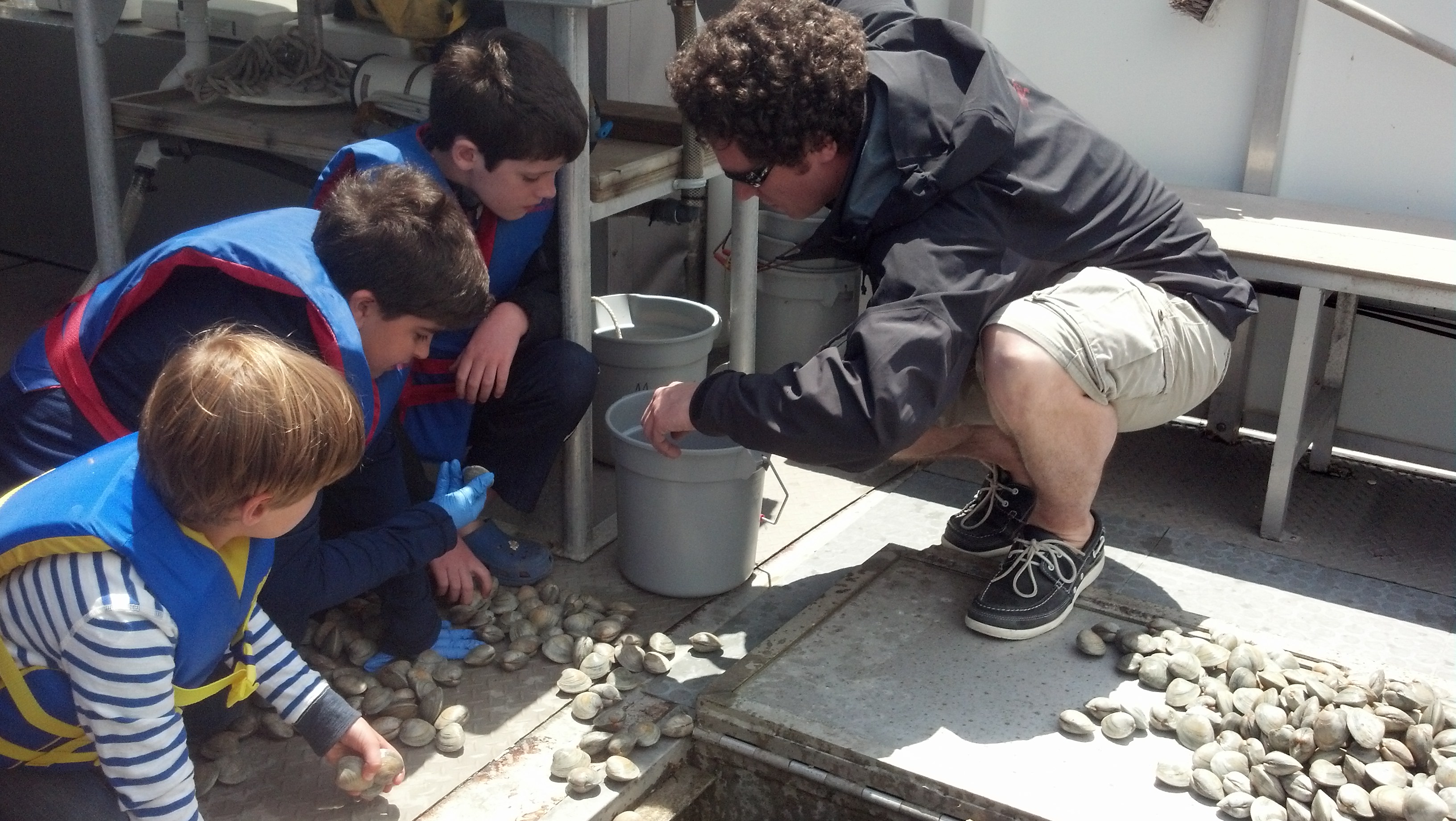On Friday, July 11th the Stony Brook Foundation will be hosting a cocktail reception at the picturesque Marine Sciences Center located at the Stony Brook University’s Southampton campus. The event is to raise funds as well as public awareness toward the many problems facing Shinnecock Bay and what Stony Brook University scientists are doing to combat them.
Shinnecock Bay is the easternmost lagoon along New York’s South Shore Estuary system with 9,000 acres of open water and habitat for many species of fish, shellfish and waterfowl. During more than a decade of research, Stony Brook scientists have documented the decline in the Bay’s water quality, shellfish populations and seagrass habitats, and have worked hard to understand the impacts of “harmful algal blooms” such as brown and red tide, as well as pollutants such as nitrogen coming form land. However, these scientists have also used their research to develop approaches on how to reverse such negative trends and improve the ecological condition of this system.
Since 2012 there has been a collaborative effort spearheaded by Stony Brook University’s School of Marine and Atmospheric Sciences and its Institute for Ocean Conservation Science. They have founded a program and aptly named it, The Shinnecock Bay Restoration Program. Their main objective is to restore the bay to its former health by utilizing research from the field and lab, along with partnerships and outreach efforts.
There are three main restoration objectives of the program: increase filtration in the bay via shellfish; expand remaining eelgrass beds; and remove nutrients and harmful algal blooms by using macro algae, or seaweed. The program is trying to jump-start shellfish reproduction by installing hard clam “spawner sanctuaries”, which provide clams in high enough densities where they can begin to reproduce effectively on their own. Restoring these shellfish will help filter the bay, and establish a sustaining population of hard clams into the future. In addition, the program is taking steps to “re-seed” the bay with eelgrass habitat, expanding upon existing eelgrass beds to enhance this essential fish habitat in areas where it has been lost. The scientists are also experimenting with oyster and seaweed restoration techniques.
The program considers community involvement to be a cornerstone for success. Outreach efforts not only include disseminating information and increasing awareness, but involving people in a direct and meaningful way, through ‘citizen science” efforts such as eelgrass restoration and community oyster gardening.
Early evidence is showing that the Shinnecock Bay Restoration Program hard clam sanctuaries already built are beginning to have a measurable, positive effect. The challenge now is to establish more sanctuaries to keep Shinnecock Bay’s waters as beautiful and healthy as possible.
If you’re interested in helping to turn brown tide blue, tickets and/or sponsorships range from $150 to $10,000. To register, please visit http://www.stonybrook.edu/clamsforclams or for more information about the program, please visit http://shinnecockbay.org






You must be logged in to post a comment.